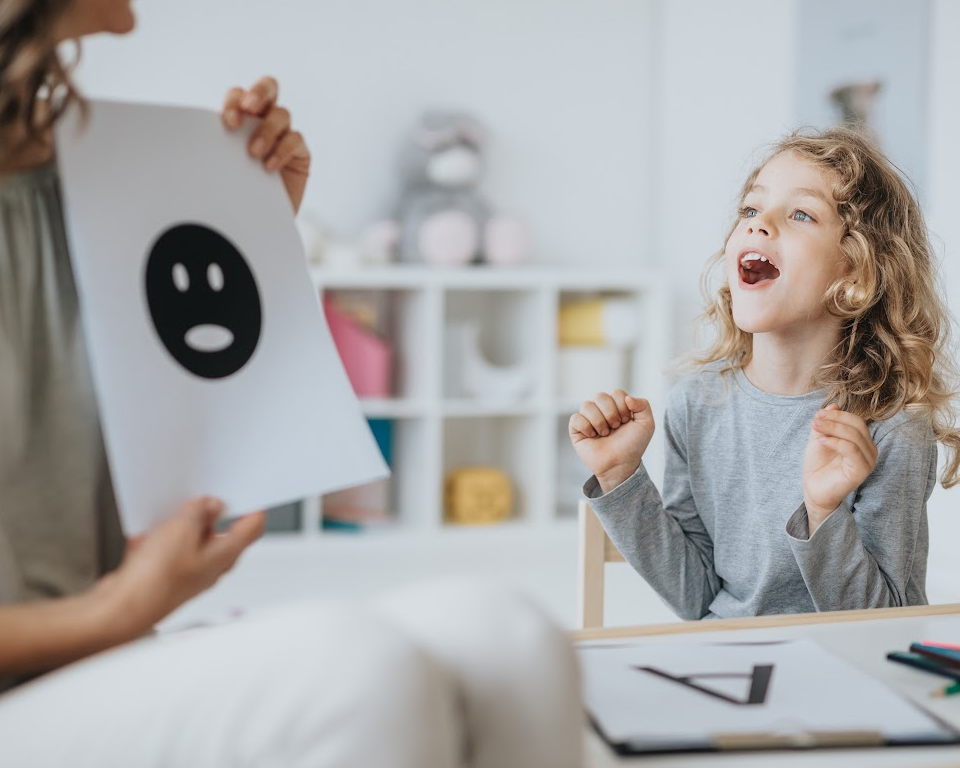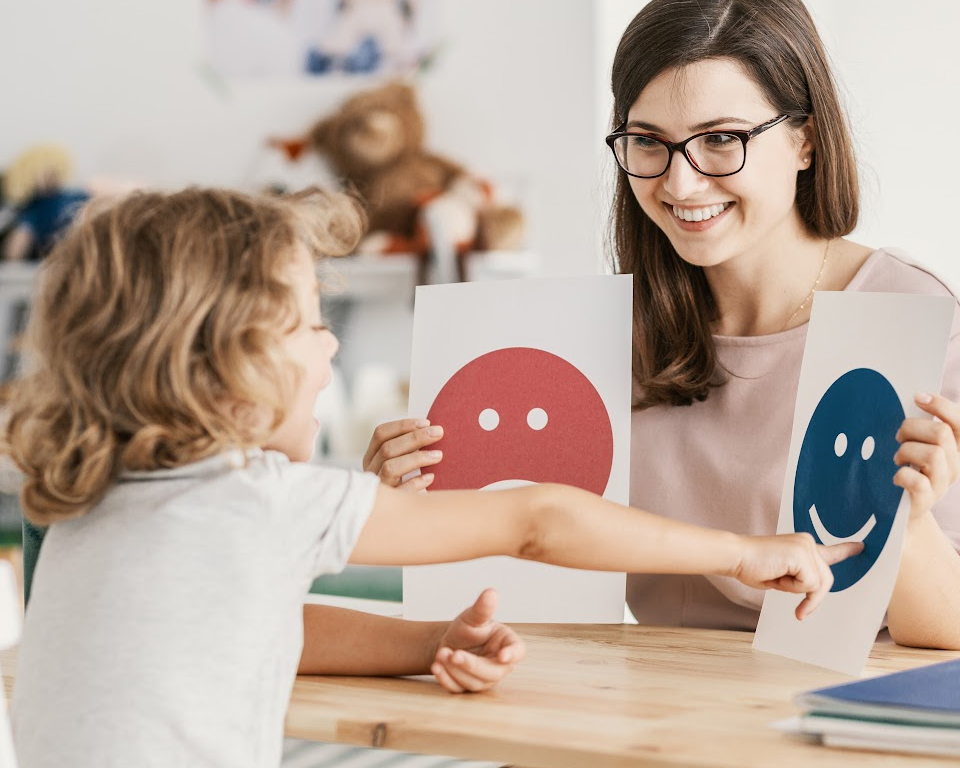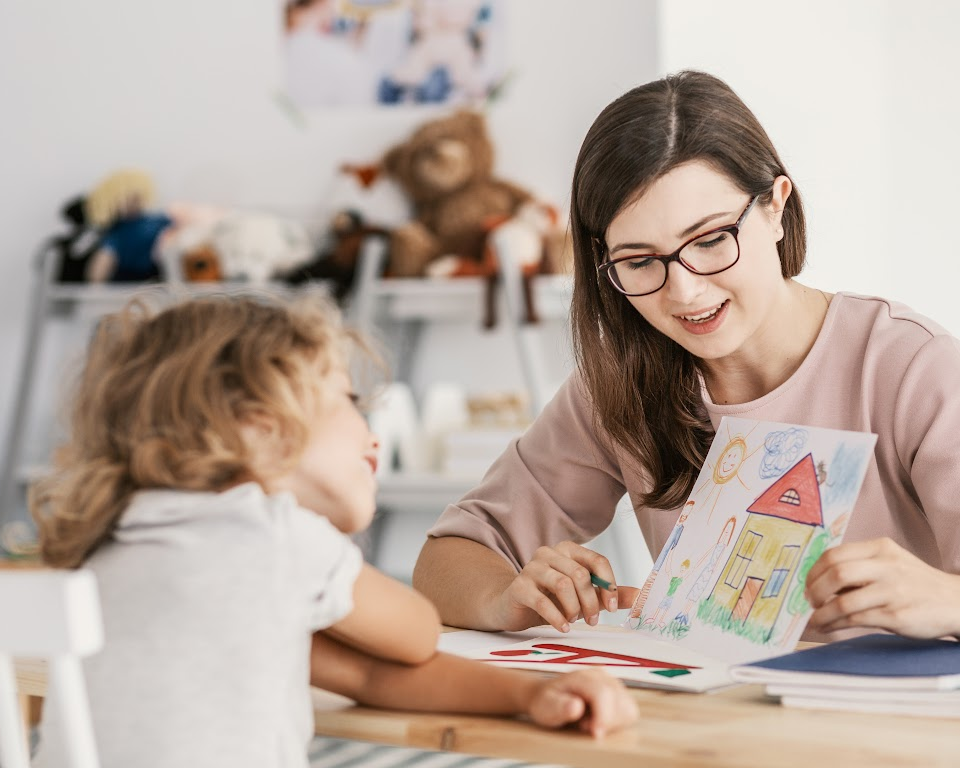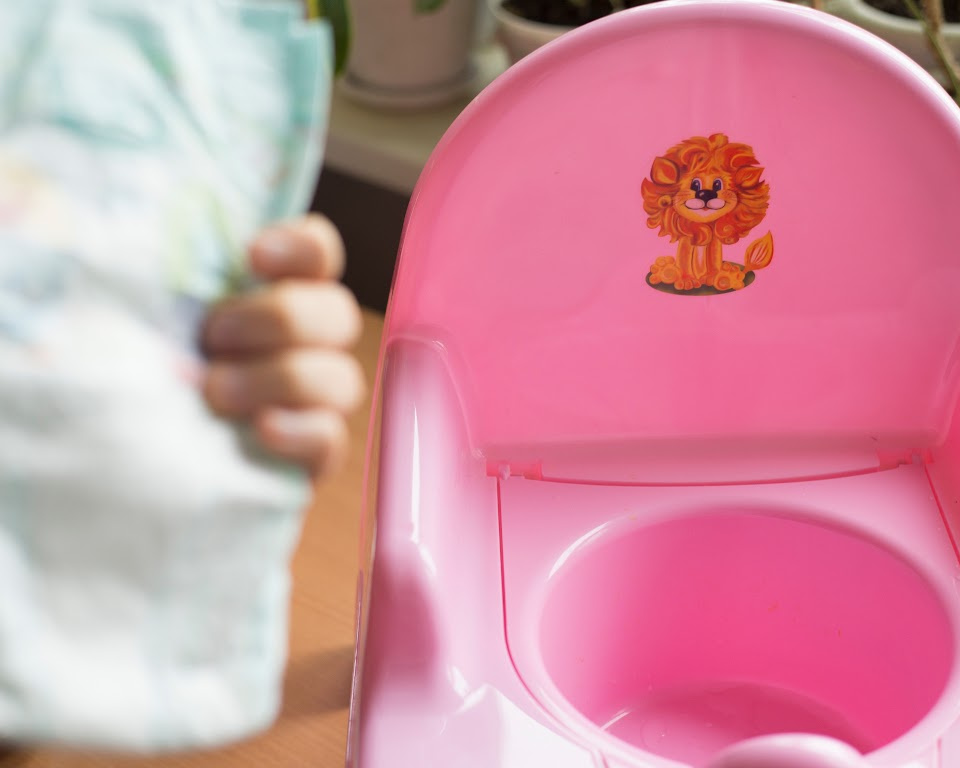Understanding how to communicate with a nonverbal autistic child is a challenge many parents, caregivers,…

Explaining Autism to Kids Simply and Clearly
When it comes time to how to explain autism to a child, it’s important to start the conversation early, welcoming questions and setting a tone of open dialogue. The concept may seem complex, but an autism explanation for kids need not be shrouded in technical jargon. Instead, broach the subject with the understanding that autism involves distinctive ways of experiencing the world, impacting how one might communicate or interact with others.
Respectful language is at the heart of talking to children about autism, as using person-first terms acknowledges the individuality and humanity of each person who is autistic. By demystifying this condition, we pave the path for empathy and understanding among the youth. It’s imperative to convey that each person with autism is unique; some may have challenges in certain areas, while others hold impressive strengths. The ultimate goal in educating kids on this topic is to foster an environment rich in acceptance and understanding autism for children at an age-appropriate level.
Understanding Autism: A Child-friendly Definition
When it comes to explaining autism in simple terms, it’s helpful to think of it as a unique way some people’s brains work. These brain differences can affect how a person communicates, connects with others, and understands the world around them. Autism is a part of many people’s lives, and being informed about it can boost autism awareness for children, creating a supportive and educated community.
What is Autism and How Does it Affect People?
Imagine if each brain had its own special operating system, much like phones do. Autism could be seen as a different version of that system that affects how a person perceives and interacts with their surroundings. It’s not something wrong or something to be afraid of; it’s just a different way of thinking and feeling. Autism education for kids can empower them to better understand and empathize with their peers who are autistic.
Autism as a Spectrum: Different People, Different Experiences
Just like there are all kinds of personalities, there are all kinds of experiences with autism – it’s a spectrum. Some might have a knack for remembering facts or patterns, and others might find social cues a bit tricky. Emphasizing this diversity is a vital part of teaching children about autism. It’s crucial to help kids recognize that everyone has their strengths and challenges.
Using Age-Appropriate Explanations for Kids
Conversations about autism should be tailored to fit a child’s age and understanding. For the young ones, keep it simple by saying a friend with autism may not like loud noises or may not look at you when talking. For older kids, the discussion can include more details about sensory sensitivities and the importance of inclusive environments. In all cases, kindness and acceptance are the lessons to be underscored.
- For young children, focus on concrete examples they can relate to.
- Older children can handle a more nuanced conversation about differences and acceptance.
- Always address any misconceptions, ensuring kids know autism is not contagious or something that needs to be fixed.
By making autism education for kids approachable and fact-based, we pave the way for greater understanding and community-building from an early age.
How to Explain Autism to a Child: Choosing Your Words Wisely
When it comes to discussing autism with a child, the choice of words can make a significant impact on their understanding and acceptance. It’s vital to embrace language that reflects respect and empathy, which underscores the importance of understanding autism for children.

Begin by identifying with terms that are commonly accepted within the autistic community, such as “autistic person.” This person-first language emphasizes the individual before their condition and helps in how to explain autism to a child in a way that they perceive as natural and non-stigmatizing.
- Explain that autism is a part of someone’s identity, similar to height or hair color, and it remains a consistent aspect of who they are.
- Highlight that everyone has different strengths and ways of seeing the world, and that people with autism might just experience these differences more intensely.
Understanding the child’s age and maturity level is crucial in tailoring the conversation. For younger children, utilize simple and concrete explanations. For older kids or teens, engage in more nuanced discussions that can delve into the social dynamics and personal experiences of autistic individuals.
- For young children, consider analogies they can relate to, like how people have various tastes in foods or enjoy different games.
- With older children, discuss the wide range of abilities and interests that autistic individuals may have, reinforcing that autism does not define them but is one aspect of their multifaceted personality.
Always ensure to convey the message that being autistic is not a temporary condition; it’s not something one can ‘catch’ or simply ‘outgrow.’ This reinforces the permanence and normalcy of autism, encouraging children to respect and embrace these differences long-term.
Moreover, create an open environment where children are encouraged to ask questions and talk about what they’ve learned. This dialogue is critical in fostering an atmosphere of inclusivity and shows that it’s okay to discuss and learn about autism with curiosity and respect.

Embracing Differences: Teaching Kids about Autism Awareness and Acceptance
Talking to children about autism is an important step in nurturing an inclusive environment from a young age. Autism awareness for children not only focuses on recognizing the condition but also on embracing the diverse strengths it can bring. Discussing autism with a child can foster a sense of compassion and understanding that benefits everyone.
Highlighting Strengths and Talents in Autism
When providing an autism explanation for kids, it’s vital to communicate that autism is a part of who a person is and that autistic individuals have many strengths. Just like any child, they have talents and interests that should be encouraged and celebrated. These might include a deep knowledge of a subject, unique problem-solving skills, or a special artistic ability.
- Acknowledge that every autistic individual is unique, with their personal set of skills and preferences.
- Discuss well-known figures who have autism and have made significant achievements in their fields.
- Encourage children to think about how diversity in skills and perspectives is beneficial in their own classroom and community.
Addressing Common Myths and Misconceptions About Autism
Autism awareness for children involves dispelling common myths that can create misunderstandings. For example, some people might incorrectly believe that all autistic individuals are alike or that they all have the same abilities and challenges. Clear communication is key to correcting these myths.
- Explain that autism is not related to a person’s intelligence. Autistic individuals can be very smart, just like anyone else.
- Clarify that not being able to understand social cues doesn’t mean a lack of empathy. Many autistic individuals are extremely caring and sensitive to others’ feelings.
- Highlight that desiring friendships is a common trait among autistic people, even if social interaction can be challenging.
With thoughtful conversation and age-appropriate explanations, children can understand the broad spectrum of autism and learn to appreciate the uniqueness of their peers. Emphasizing acceptance and understanding through education can lead to a more embracing society, where differences are not just acknowledged, but celebrated.
Conclusion
Throughout this discussion on how to explain autism to a child, we’ve established that clarity, compassion, and education are crucial. When we approach the topic with straightforward language and an empathetic heart, we not only inform children but also contribute to breaking down barriers. It’s essential that we reaffirm the power of understanding autism and sharing its complexities in simple, accessible ways with our youth. By initiating open and respectful dialogue, we pave the way toward a community of inclusivity and support.
Explaining autism in simple terms allows young minds to embrace differences and be advocates for acceptance. The seeds of change are planted when we teach children about autism, urging them to perceive their peers through a lens of empathy. This fundamental shift can transform classrooms, playgrounds, and eventually, society as a whole, fostering a future rich in diversity and understanding.
A concerted effort to educate the next generation is a step forward in cultivating an environment where all individuals, regardless of neurological differences, can thrive. The journey towards ending stigma, nurturing acceptance, and recognizing the unique perspectives within the autistic spectrum begins with the stories we share and the lessons we impart to children. It’s through these powerful conversations that we can anticipate a generation equipped to welcome the beautiful tapestry of human experiences with open arms and open hearts.
FAQs
What is Autism and How Does it Affect People?
Autism is a difference in the brain that can make it harder for some people to talk, understand feelings, or behave the same way others do. It’s not bad or wrong, it’s just a way some people are made. And just like everyone else, they have things they are good at and things that are challenging for them.
Autism as a Spectrum: Different People, Different Experiences
The word ‘spectrum’ means that there are many different ways autism can show up in a person. Some people might need a lot of help with certain things, while others might not need as much. Imagine a rainbow with lots of colors that’s like the autism spectrum, full of different people with their own unique traits.
Using Age-Appropriate Explanations for Kids
When explaining autism to younger kids, we keep it simple. You might say that some people’s brains work a little differently, and that’s why they play, learn, or speak differently. For older kids, you can give more details, like how some autistic people might have special interests or feels things in ways that are very strong or not as strong as others do.
How should I talk about autism to kids without using complex words?
When talking about autism, use kind and simple words that kids understand. Say that it’s about brains being different, not wrong. Avoid words that make it sound like a sickness, and use words that show it’s just another way to be a person.
Highlighting Strengths and Talents in Autism
We can tell kids that people with autism can be really good at certain things like remembering lots of facts about their favorite topics or being super focused on something they’re interested in. It’s important to celebrate the cool things that make each of us special, including our autistic friends!
Addressing Common Myths and Misconceptions About Autism
Let’s make sure kids know the truth about autism. For example, some people think that autistic people do not care about others, but that’s not right. Many care a lot but they might show it in different ways. Also, not all autistic people are like movie geniuses; they are all different, just like we are.
Can you catch autism like a cold?
No, you can’t catch autism like a cold or by touching someone. It’s something people are born with, and it stays with them. It’s not contagious, but it is part of what makes them who they are.
Why do some kids with autism act differently?
Kids with autism might act differently because their brains process things in their own special way. This can make bright lights or loud noises really uncomfortable for them, or they might not use words to talk very much. But just like you, they laugh, play, and feel things, even if they show it differently.
Is it okay to be friends with someone who has autism?
Absolutely! Being friends with someone who has autism means you get to learn about how they see the world. They might share cool interests with you, and you can have lots of fun together. It’s great to have all kinds of friends, and that includes friends with autism.
What can I do to help a friend with autism?
You can be a really good friend by being patient, kind, and trying to understand them. If they are overwhelmed, give them space and be there for them when they are ready. Listen to them and learn about what they like or don’t like. And most of all, treat them the way you want to be treated with respect and kindness.



This Post Has 0 Comments